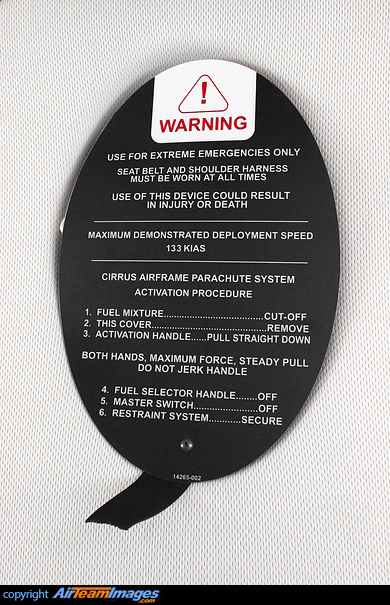FastEddieB
Touchdown! Greaser!
- Joined
- Oct 14, 2013
- Messages
- 11,420
- Location
- Lenoir City, TN/Mineral Bluff, GA
- Display Name
Display name:
Fast Eddie B
Developing story: around noon a parked Cirrus at Lynchburg, VA was allegedly struck by lightning, which caused the BRS rocket to ignite.
Last edited:


